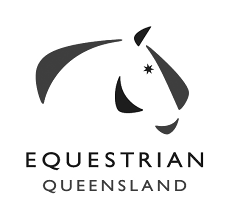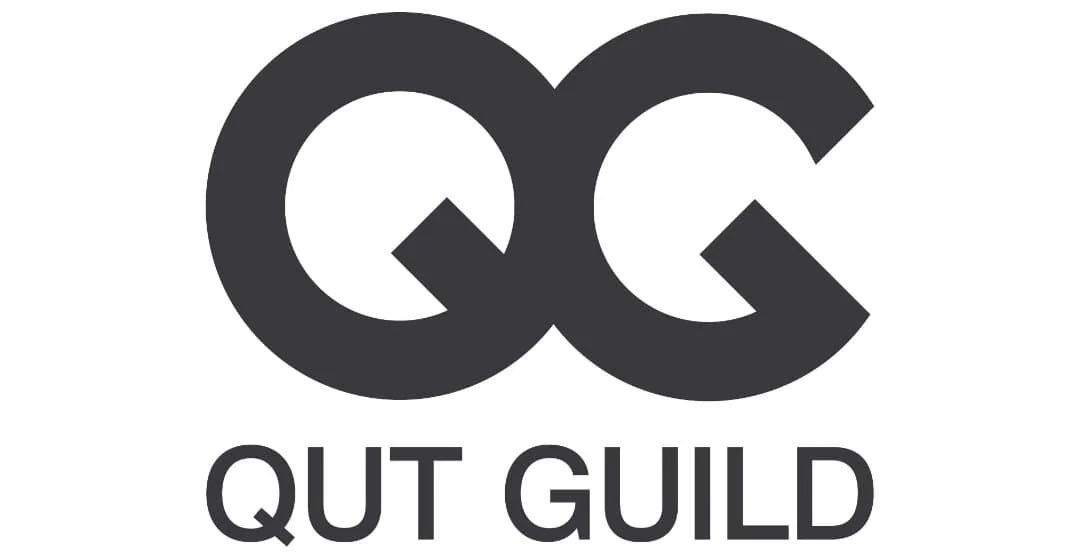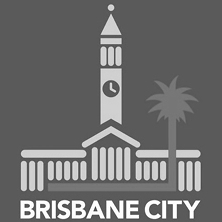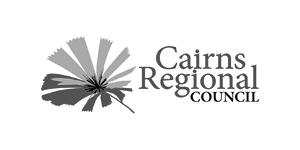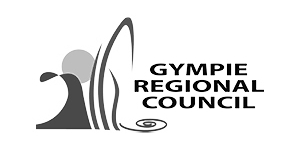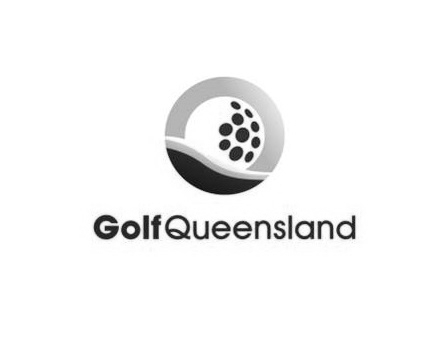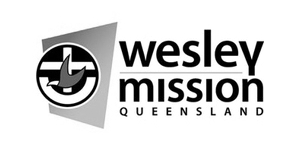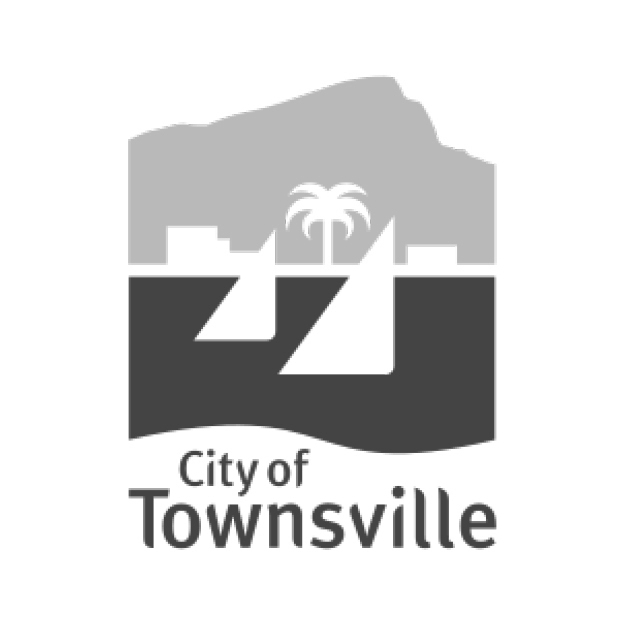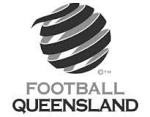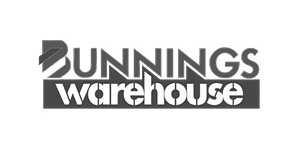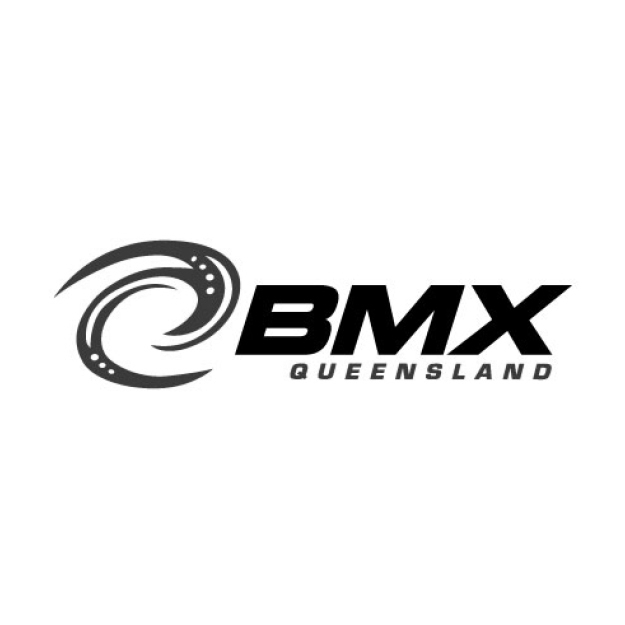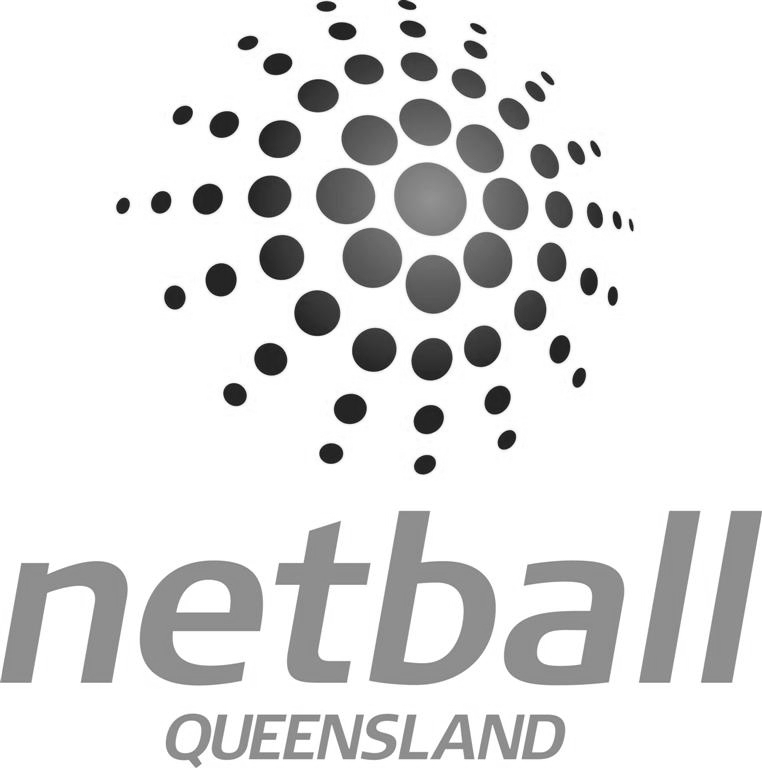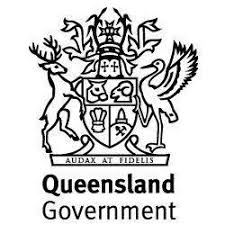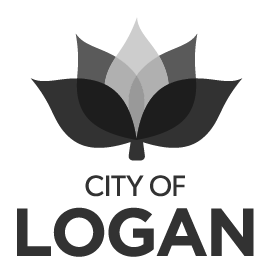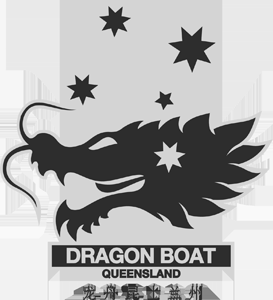Authors: Michael Fisher and Mark Fox, CPR Group
Many of us remember communal showers as part of historically designed amenities in sporting facilities. Some of us still play at facilities that have these in place!
Modern facilities are adapting to be more inclusive, recognising the diverse needs of all participants. This is especially important if you want to widen your user groups and ensure the best possible chances from funding opportunities.
Facilities incorporating inclusive design, such as separate, lockable shower cubicles and ensuite bathrooms, ensure that individuals requiring specific spaces can comfortably participate without being segregated in separate areas. These facilities encourage people of all abilities, ages, backgrounds, genders and identities to participate in sports and community activities.
But this conversation can be challenging. It can be hard for some volunteers and staff to practically understand these needs, particularly if their current membership base is heavily skewed or they have yet to explore these opportunities. Additionally, while many sport governing bodies want to continue embracing this movement, their guidelines may not fully align with these aspirations.
Times have changed
The Australian Sports Commission's most recent megatrend report, The Future of Australian Sport: Megatrends Shaping the Sport Sector Over the Coming Decades, highlights the potential for sport organisations to bridge generational and societal divides. As nearly a third of Australians are born overseas, 3.2% are First Nations people, 18% live with a disability and over half the population are women, the need for inclusive sports facilities is increasingly apparent. Sport has the unique ability to foster unity and build community pride among Australians from varied backgrounds.
Reflecting the importance of inclusive design leading up to the Brisbane 2032 Olympic and Paralympic Games
Paralympics Australia recently unveiled a Universal Design Guide with several key objectives. The guide aims to:
Shift the mindset of everyone in sport towards inclusivity
Integrate the core principles of universal design into the thinking and decisions of leaders across all sport organisations
Ensure that all strategies, plans, processes and activities in sport should start with the question, ‘how might we be inclusive?’
Encourage sports organisations to adopt accessible communication and inclusive language
Cultivate widespread support for universal design by building a network of enthusiastic individuals and organisations dedicated to these principles
What are accessibility, inclusivity and universal design?
Paralympics Australia's Universal Design Guide uses the terms ‘accessibility’, ‘inclusivity’ and ‘universal design’. In sport, accessibility focuses on designing places and communication materials for use by people with disabilities. Inclusivity aims to create welcoming communities and spaces that everyone experiences similarly, regardless of their abilities.
Inclusivity promotes a common experience for all, compared to accessibility provisions that can inadvertently segregate people with disabilities. Every inclusive process is human-centred, beginning with empathy for the people who will use the product of the design process. Wherever possible, involving people with lived experience in the design process ensures that the result meets their needs. For example, involving someone who is vision impaired in creating a new website can provide crucial insights during the design process.
Universal design, as envisioned by its originator, Ron Mace of North Carolina State University, promotes the creation of products and environments usable by all people to the greatest extent possible without needing adaptation or specialised design. Since its inception, Universal Design has been embraced globally, demonstrating its role in fostering inclusivity in various environments, including sport facilities.
Inclusivity, participation and funding
According to Paralympics Australia, almost 20% of people in Australia live with a disability, yet only one in four of these people participate in sport. 75% of Australians with disabilities want to engage in sport but feel limited by the opportunities available. Furthermore, while 65-70% of the general population participate in sport at least once a year, only 12.5% of those with severe or profound impairments do so. These statistics highlight the need for inclusive facilities and the significant opportunities to increase participation among people with disabilities.
Our experience at CPR Group is that demonstrating strategic alignment with inclusion principles is essential for securing funding from all levels of government. Universal design enables funding applicants to demonstrate enhanced benefits of their projects and strong alignment with government priorities.
You only need to look at the recent grant opportunities provided by the State Government’s Minor Infrastructure and Inclusive Facilities Fund and the Federal Government’s Play Our Way program to see clear evidence of growing recognition and support for inclusive sports facilities. These programs are designed to fund projects that enhance inclusivity, reinforcing the importance of universal design principles.
Questions to consider
The move towards inclusive facilities is more than a trend. It’s a necessity for fostering a cohesive, healthy and active society. Prioritising inclusive design addresses the diverse needs of all participants and promotes the far reaching benefits of sport.
Achieving truly inclusive facilities requires continuous evaluation and improvement. At CPR Group, we’re working closely with our clients to address these questions so that sport has a place for everyone.
Conversations we commonly have with our clients in this space revolve around growing female membership, hosting back-to-back female and male games, mixed-gender events, all-abilities programs and carer needs, and accounting for cultural or religious needs.
A few starting questions to consider are:
How might we be inclusive?
Is everyone considered in designs?
Are we doing everything we can to promote inclusive facilities?
What motivates clubs and community organisations to develop inclusive facilities?
Are sport-specific state and national guidelines up-to-date?
What opportunities exist to showcase inclusive facilities?






